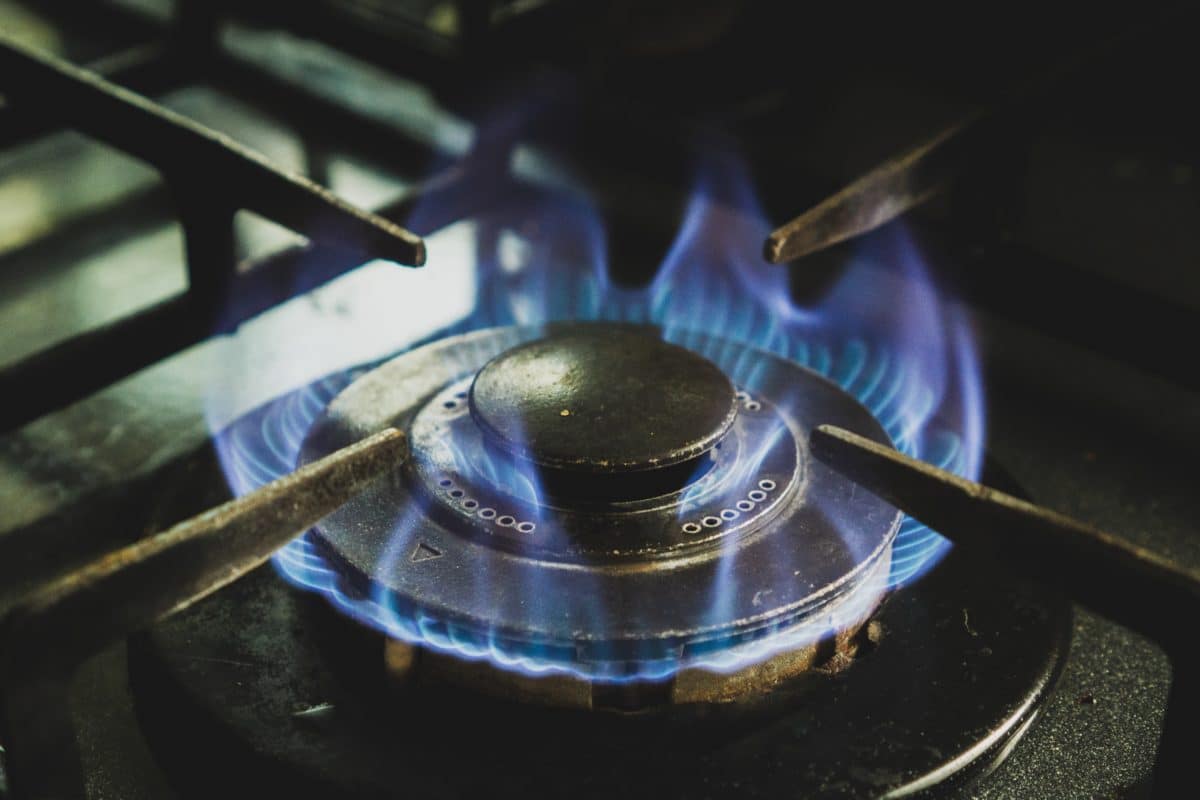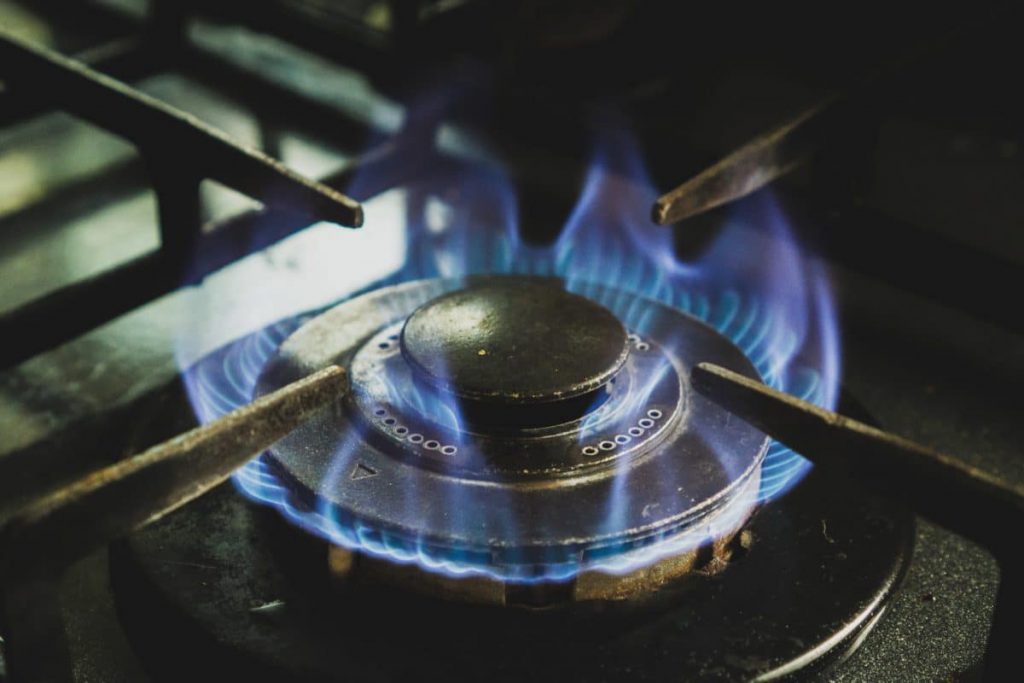
European Gas Prices Surge Above 40%
The global energy landscape has witnessed unprecedented shifts, leading to significant fluctuations in business gas prices. As industries continue to rely on gas as a primary energy source, efficiently trading gas becomes paramount. This article explores the current state of gas price comparison, the role of Europe’s gas reserves, and the implications of the EU gas price cap in managing business operations within this evolving market.
Gas Price Comparison: A Complex Endeavor
In recent times, the energy market has experienced sharp rises and falls in gas prices. European gas prices have surged above 40%, igniting concerns across industries that heavily rely on this energy source. Navigating this volatility requires a comprehensive understanding of gas price comparison. Businesses must analyse historical data, market trends, and geopolitical factors to make informed decisions about procurement strategies.
The benchmark futures for natural gas witnessed a notable drop, plummeting by as much as 8.1%. This decline effectively nullified the gains that had been registered earlier. Interestingly, in the preceding trading session, the same futures contract had witnessed an impressive surge of 28%, marking the most substantial increase since March 2022. This time frame was notable for being the initial period of Russia’s conflict with Ukraine, indicating the sensitive nature of geopolitical events in energy markets.
Europe’s Gas Reserves: An Integral Stabilizing Factor
European natural gas prices experienced a significant decline as market participants evaluated the impact of continually increasing stockpiles across the continent. This evaluation was carried out alongside the potential repercussions of labour strikes in Australia, which had the potential to disrupt global gas supplies.
Europe’s substantial natural gas reserves have historically played a crucial role in stabilising the region’s energy market. Countries like Norway and Russia have been prominent suppliers, contributing to a more diversified energy mix. The presence of these reserves acts as a buffer during times of supply disruptions or price spikes. However, it’s important to note that even these reserves might not be immune to the broader global trends affecting energy markets.
EU Gas Price Cap: Balancing Affordability and Sustainability
To mitigate the impact of soaring gas prices on businesses and consumers, the European Union has previously explored the concept of a gas price cap. This regulatory mechanism aims to prevent unjustified price hikes and ensure energy affordability. While such measures are laudable for protecting consumers, they also raise questions about the long-term sustainability of the energy sector. Striking the right balance between stable prices and incentivising investments in renewable energy sources remains a challenge.
The recent fluctuations in European natural gas prices underscore the intricate web of factors influencing energy markets. From domestic storage levels and consumption patterns to global geopolitical events, each variable plays a role in determining the trajectory of prices.
In the ever-changing landscape of energy markets, effectively trading gas is integral for businesses to manage costs and ensure continuity. While business gas prices remain subject to market volatility, a strategic approach to gas price comparison is crucial for making informed decisions. Europe’s ample gas reserves offer a degree of stability, but global factors can influence even these reserves. As discussions around an EU gas price cap continue, it is essential to prioritise both affordability and sustainability in pursuing a resilient energy future.



